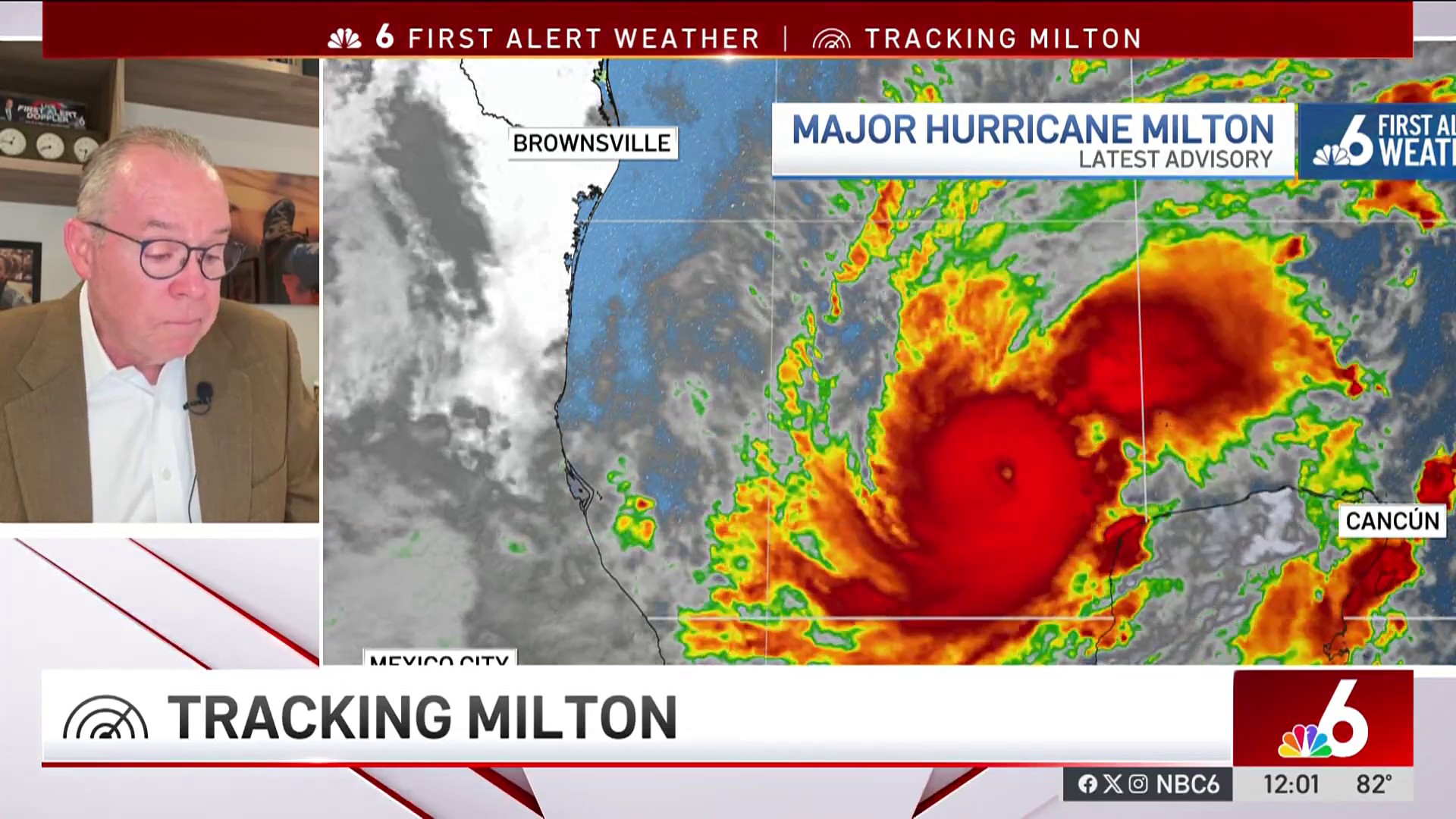Humans can change some aspects of the weather. Science-based weather modification techniques are now employed in over 50 countries according to the World Meteorological Organization. But for every science-based weather-altering technique, there are dozens of pseudoscientific urban legends.
In Cuba, it is believed that a shotgun can stop twisters. Aim at the funnel cloud, pull the trigger, and stop the tornado or waterspout before it touches down. In Puerto Rico, people have suggested installing giant fans in the El Yunque rainforest on the east side of the island to blow hurricanes away. Others have suggested putting fans in Africa to increase the amount of Saharan dust that already enters the Atlantic early in hurricane season, which can dampen fledgling tropical storms. The proposal to tow icebergs from the Arctic down to the tropical ocean to cool it down is equally impractical. No flotilla could bring enough rapidly melting icebergs to cool the vast tropical Atlantic Ocean for the six months of hurricane season.
MORE JOHN MORALES
There’s also the madcap idea to detonate a nuclear bomb inside a hurricane to stop it in its tracks, which has been around for decades. While this foolhardy suggestion was once entertained by top meteorologists, the scientific consensus is now that it would be disastrous. As former Miami weathercaster Don Noe has politely explained: Hurricanes are composed of water, and adding a tremendous amount of heat to a storm that feeds off warm water could result in a monster hurricane that was also radioactive—a not-so-minor complication. NOAA’s succinct conclusion is, “Needless to say, this is not a good idea.”
The Hurricane season is on. Our meteorologists are ready. Sign up for the NBC 6 Weather newsletter to get the latest forecast in your inbox.
Given all these fantastical weather-controlling ideas, it should come as no surprise that conspiracy theorists claim that a big hurricane on-off switch and steering wheel sit at HAARP headquarters, and that government employees there can even trigger earthquakes. HAARP is a high-power radio transmitter aimed at the ionosphere—a part of Earth’s atmosphere that is difficult to study because it’s too high for aircraft and balloons, and too low for satellites. By sending a radio signal up 50 to 200 miles above the surface, scientists and the military look to better understand the effects of solar disruptions on radio communications and GPS positioning guidance.
The line between harmless urban legend and dangerous conspiracy theory is thin.
Disinformation is obfuscating the life-saving mission of the National Weather Service and its partners in media and emergency management agencies. Some storm victims choose not to follow evacuation orders because they don’t trust the government. In the past few calamity-filled weeks, first responders and disaster relief agencies have had to waste time and resources in dispelling false rumors instead of focusing on their life-saving mission.
Dispelling pseudoscientific conspiracy theories is more important today than ever. Attacks on science are being normalized. These aren’t embers. It’s a post-truth inferno. And how Americans reckon with it may be one of the biggest challenges of our times.
Sound and savvy science communication may be one of the keys to lift us out of the abyss. Scientists and other experts need to meet people where they’re at. And if this week’s viral video showed my humanity, then I may be closer to that goal than ever.
John Morales is NBC6's hurricane specialist.



